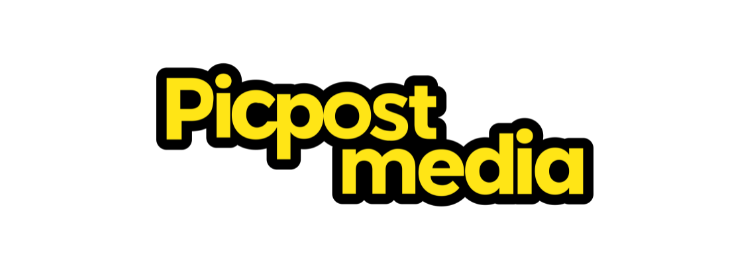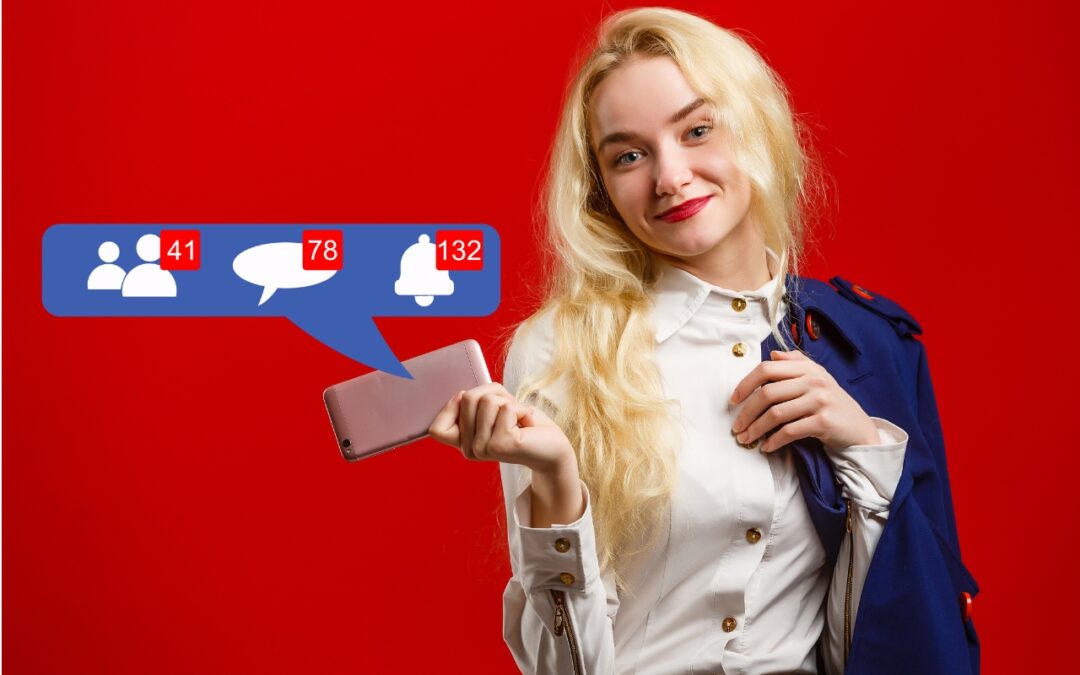Are you fully leveraging social media in your marketing efforts? With over 3 billion active monthly users, Facebook stands out as the world’s most popular social media platform, presenting numerous opportunities to engage with new audiences and extend your brand’s reach.
Key Takeaways
- Facebook Ads and Groups provide powerful methods to connect with a vast audience.
- Facebook Ads offers targeted options based on demographics, interests, and behaviors.
- Engaging ad content with compelling visuals and interactive features is essential.
- Regularly monitor ad performance to optimize and improve results.
- Use Facebook Ads Manager to manage your budget and maximize ROI.
Table of Contents
- What Is Facebook Marketing?
- Why Should You Use Facebook Marketing?
- Types of Facebook Ads
- How to Get Started With Facebook Ads
- Tips for Creating Great Facebook Ads
- How to Track the Success of Your Facebook Marketing Campaign
- FAQs
- Conclusion
What Is Facebook Marketing?
Facebook marketing encompasses various methods to promote your business on Facebook, including:
- Facebook Ads: Paid advertisements to target specific audiences.
- Business Pages: Platforms for businesses to share updates and engage with followers.
- Facebook Marketplace: A space to list and discover products.
- Facebook Groups: Communities for discussions and engagement around specific topics.
Why Should You Use Facebook Marketing?
Over 91% of businesses are on Facebook, reaching approximately 2 billion daily users. Many users turn to Facebook for brand interactions and product discovery, making it a crucial platform for business marketing.
Types of Facebook Ads
Facebook provides several ad formats, each suited to different marketing goals:
- Image Ads: Single images with headlines and text to highlight products or services.
- Video Ads: Engaging videos that demonstrate products or services.
- Carousel Ads: Multiple images or videos in a single ad for a detailed view of products.
- Collection Ads: A main image or video with smaller images below, showcasing various items.
- Slideshow Ads: Videos created from a series of static images or clips.
- Instant Experience Ads: Mobile-optimized, interactive ads for immersive experiences.
- Lead Ads: Ads with pre-populated forms for easy lead generation.
- Dynamic Ads: Ads that display products based on users’ past actions for retargeting.
- Messenger Ads: Ads appearing in Messenger to encourage direct interaction.
- Stories Ads: Full-screen ads shown between user Stories on Facebook and Instagram.
How to Get Started With Facebook Ads
- Set Up a Meta Business Manager Account: Create or log into your account on business.facebook.com to access ad creation tools.
- Define Your Campaign Objective: Choose your campaign goal, such as increasing messages, website visits, or leads.
- Identify Your Target Audience: Customize your audience based on demographics, location, interests, and behaviors.
- Create Compelling Ad Content: Design ads with engaging visuals, relevant text, and clear action buttons.
- Set Your Budget and Schedule: Decide on a daily or lifetime budget and schedule your ads for optimal times.
- Choose Your Ad Placements: Select where your ads will appear, such as Facebook, Instagram, or Messenger.
- Launch Your Ad Campaign: Review and publish your ads, ensuring compliance with Facebook’s policies.
- Monitor and Optimize Your Campaign: Use Ads Manager to track performance and make adjustments to improve results.
Tips for Creating Great Facebook Ads
- Use high-quality, high-resolution images.
- Clearly highlight your value proposition.
- Avoid cluttered designs; keep visuals clean.
- Include a compelling call-to-action (CTA) to drive user engagement.
- Showcase your products in use and include user-generated content when appropriate.
- Make ads mobile-friendly by using vertical formats.
- Test different ad versions to find what works best (A/B testing).
How to Track the Success of Your Facebook Marketing Campaign
- Set Clear Goals: Define key performance indicators (KPIs) such as click-through rates (CTR) and conversion rates.
- Monitor Performance Metrics: Track impressions, clicks, and engagement through Ads Manager.
- Track Financial Performance: Evaluate return on ad spend (ROAS) and adjust strategies as needed.
- Understand Your Audience: Analyze ad performance to gain insights into your audience’s demographics and behaviors.
- Conduct A/B Tests: Compare different ad versions to optimize performance.
- Leverage Meta Pixel: Track user actions on your website from Facebook ads.
- Review Campaign Reports: Regularly check performance reports and adjust campaigns based on insights.
FAQs
- What are Facebook Groups? Facebook Groups are communities where users interact, ask questions, and learn about your products. They can be used to promote events, sales, and build customer relationships.
- Is Facebook marketing safe? Facebook marketing is generally safe, but vigilance is needed due to the presence of scams. Ensure your ads are professional to build trust with users.
Conclusion
If your target audience is on Facebook, incorporating Facebook marketing into your strategy is essential. Experiment with various ad types and monitor your campaigns regularly to maximize their effectiveness. Even with a limited budget, utilizing Facebook Pages and Groups can drive traffic, nurture leads, and boost sales.
marketing agency, agency marketing, Miami marketing, marketing Miami, marketing near me, ads agency, advertising agency, social media, social media agency, digital marketing agency, digital marketing, marketing digital, agencia marketing, marketing doral, SEO agency, SEO marketing, SEO Miami

